I was introduced to the Japanese language and culture through martial arts. I was small, timid, and not particularly athletic as a youth, and surrounded by plenty of big, strong, boisterous farmers and cowboys where I grew up in my rural community. Martial arts magazines and books became a fascination of mine owing to the idea of acquiring some rare or mystical skill enabling me to overcome bigger, stronger, faster opponents. But my little rural town only offered poor quality “strip mall karate”. I eventually found an Aikido dojo which fit my ideas of what a true martial art should be. That is, until I entered community college and learned about the Daito-ryu Aikijujutsu Kodokai dojo located just across the highway from where I was attending college. This dojo opened my eyes to the world of koryu and Japanese culture, and the training here would set my standards and expectations for quality martial arts instruction.
At the Kodokai dojo we greeted each other with “Konbanwa” or “Oyasuminasai” at the end of the night; we thanked our seniors and instructors with “doumo arigatou gozaimasu”; and we counted to ten while warming up with calisthenics - “Ichi, ni, san, shi!” our instructor would yell; “Go, roku, shichi, hachi!” we would yell back as we ran around and around on the tatami mats. And when it was time for pushups, our sempai (seniors) would call out “Ichi!” and we would move into the lowered position of a pushup - chest one inch off the floor and backs flat as a board. Only when our sempai would see all of us in proper position would they call out “Ni!”, instructing us to push up into the extended plank position. These experiences in my college days brewed a strong desire within me to learn more - more about the language itself and the culture. But as many young males tend to do, I put this off foolishly thinking, “I have plenty of time, I’ll learn about that later.” And now, several years later, I decided learning Japanese would never become a priority unless I made it a priority.
I had recently moved to the South Bay and was looking for a Judo dojo nearby. I had visited several dojo’s looking for the right fit, but when I found the GVJCI Judo dojo I was immediately impressed by the high caliber sempai and sensei, as well as the history of the dojo. Something about the GVJCI Judo dojo reminded me of the Kodokai dojo - the camaraderie, the learn-by-doing philosophy, the discipline and rigor, even the scent. My search for a quality Judo dojo had finally ended and I returned early to the next class ready to participate.
I noticed some flyers around the building with “GVJCI Schedule of Classes” when I arrived early the following Thursday night for my first official Judo class. The schedule showed children’s and adult’s Japanese language classes taking place Saturday mornings in addition to many other classes throughout the week in art, dance, music, martial arts, and community events. Excitement built within me at the idea of taking Japanese language classes at the same place I would be practicing Judo. And so, still feeling the effects of my Judo class and swallowing several tablets of Motrin with my coffee, I hobbled over to my car and made the short drive back to the GVJCI for Japanese lessons Saturday morning. Fortunately, classes had just started the week prior, so I hadn’t missed too much material and was welcomed to join. Eriko Sensei was kind and helpful, and she made sure everyone had an opportunity to participate in class activities. Eriko Sensei made it clear she enjoyed teaching Japanese and made time for her students to ask questions after class either in person or via email. Once class had ended, Eriko Sensei introduced me to Principal Larry Hada so I could formally sign up for the course.
| Another interconnection I discovered is how learning Japanese cannot be separated from the Japanese culture. However, this is often the case with the various apps, programs, and methods on the market. They treat the Japanese language like it is it’s own self-contained unit. But learning the Japanese language helps us to better understand the Japanese culture and learning the Japanese culture helps us to learn the Japanese language! This mutual dependency between culture and language can be observed by looking at the phrases and gestures with which we speak to a supervisor compared to a colleague or subordinate. From simple greetings and expressions of gratitude, to more complex verb conjugation, choosing the appropriate speech is crucial to building relationships, and creating or maintaining harmony within the group. And here again is another example of how the culture informs the language - the Japanese language was almost designed in such a way as to reflect the desire of the Japanese people to not embarrass others or to cause others to “lose face”. For example, when asking someone to go see a movie Saturday night (どようびのよるにえいがをみませんか。), the response is what most Americans would classify as a “gentle let down” - “Saturday night is a little……” (どようびのよるはちょっと). The cultural implication is Saturday night is a bit inconvenient, but rather than possibly offending the person with a direct statement, a reticent response is called for culturally. | Pictured: Me at a temple (I don’t recall the name) in Kyoto in April 2019 |
| I believe the apps and programs mentioned at the outset of this post will always miss the mark for people who really want to understand a language and a culture, because they view language learning as a linear progression rather than an infinite loop. In Japanese culture, relationships and group dynamics are inseparable from learning the language and inform our speaking and writing forms. Lastly, these apps and programs focus on passive learning, meaning they attempt to “teach” Japanese via listening and reading. But learning Japanese requires active learning, that is, speaking and writing. These are ways of “doing”, ways of action; they alert the Universe to your presence and to your effort. Speaking and writing Japanese is a way of creating rather than simply absorbing. And the more we create, the more we want to create. I hope to see YOU taking a class at the GVJCI creating with us! I’ll talk about my experience learning Japanese through the GVJCI during COVID in my next post - stay tuned! |
ABOUT THE AUTHORはじめまして。マカロネスコットです。よろしくおねがいします。 |
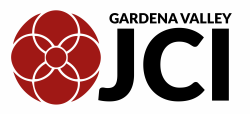
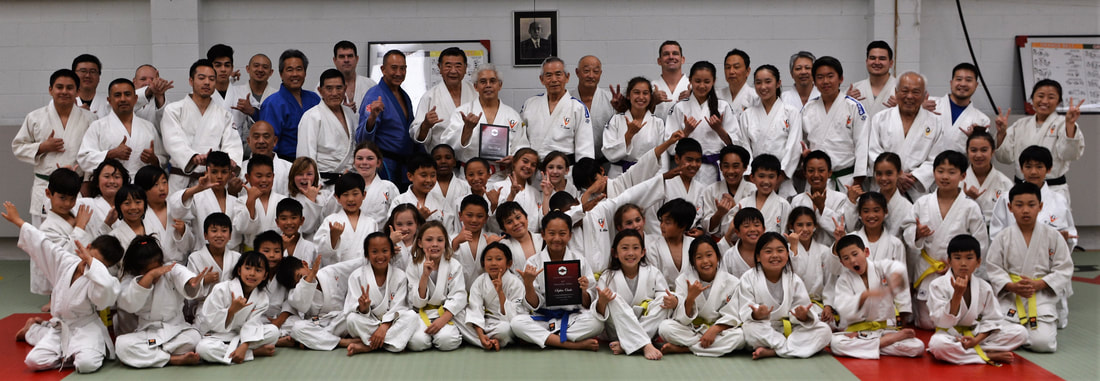
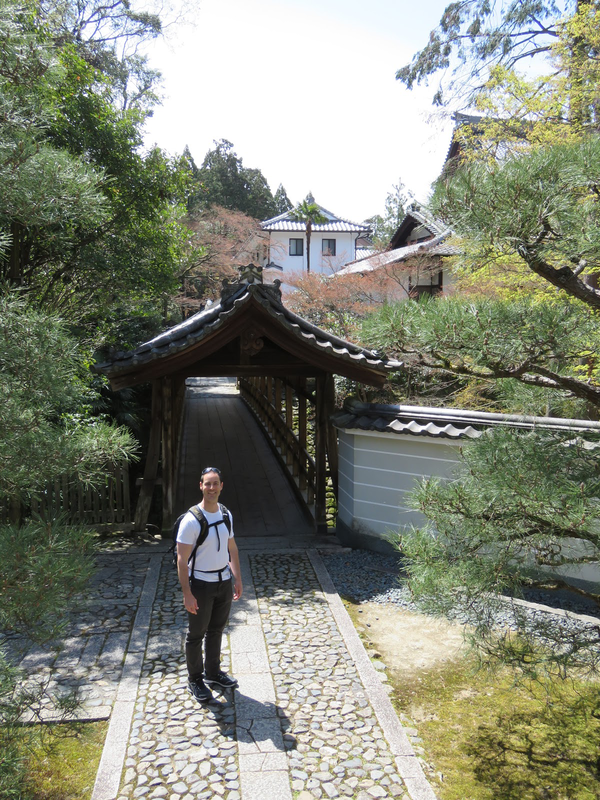
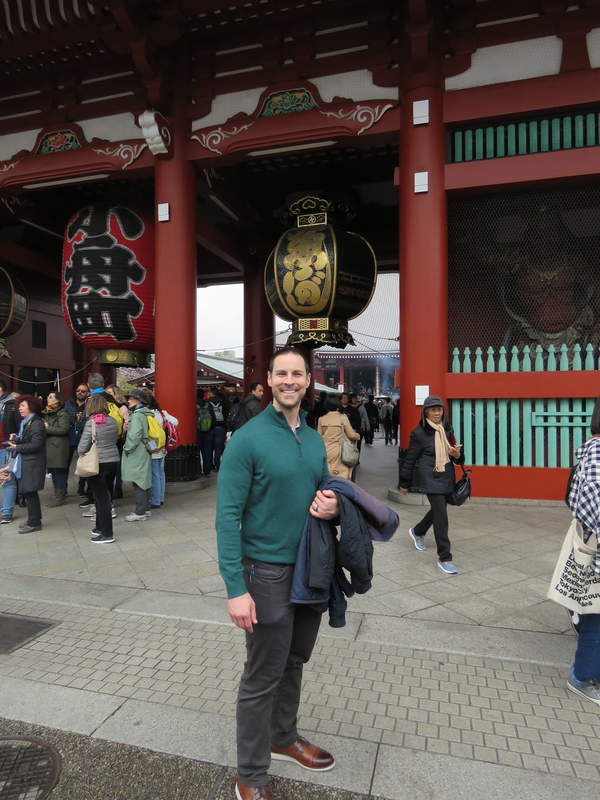
 RSS Feed
RSS Feed
